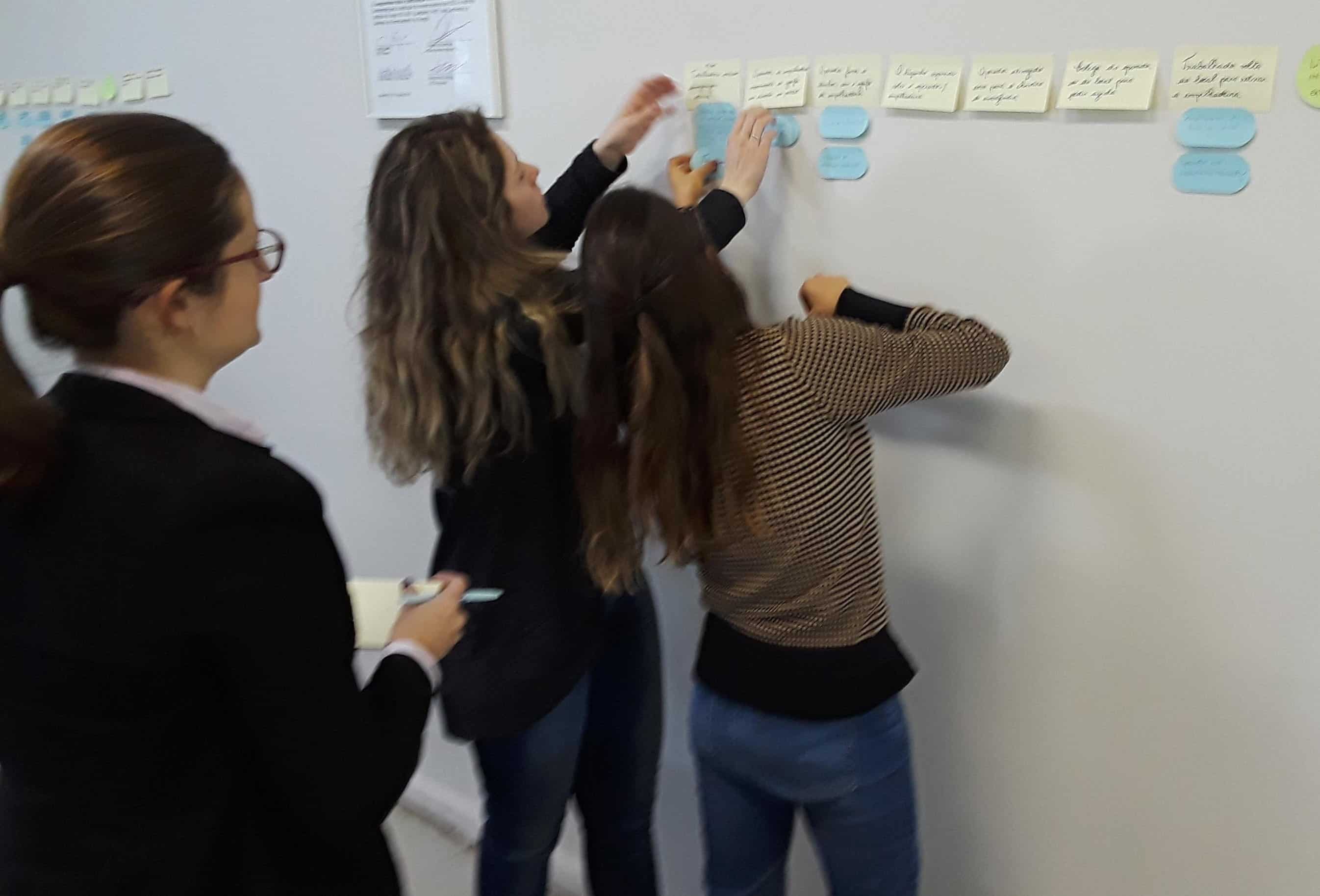Interviewing and Evidence Collection Tip: Why Sketch the Scene?

Sketch the scene after video and photography.
Yes, there are – and here are two very good reasons:
1. Sketching the scene on paper is valuable because photographs and video can make objects appear closer together or farther apart than they really are. If the evidence needs to have proportional measurements included in it, sketch it!
2. Sketches can be used in sensitive situations. For example, if the recordings (photographs and videos) of an accident scene are disturbing to witnesses, you can use sketches of the scene when interviewing them.
To learn more about evidence collection, join me in Houston, Texas in November for a 3-day root cause analysis and evidence collection course, or just 1 day of evidence collection training.



